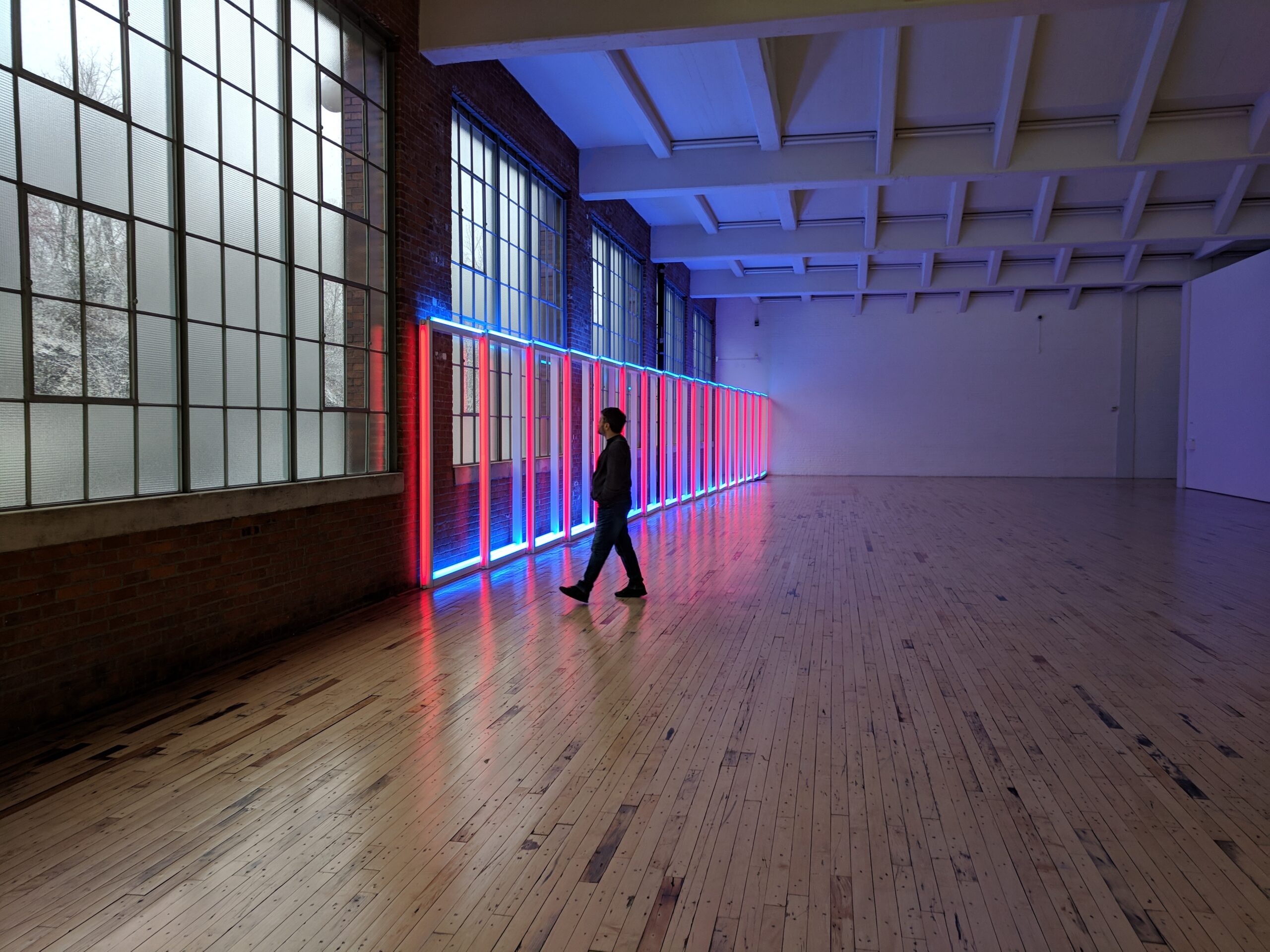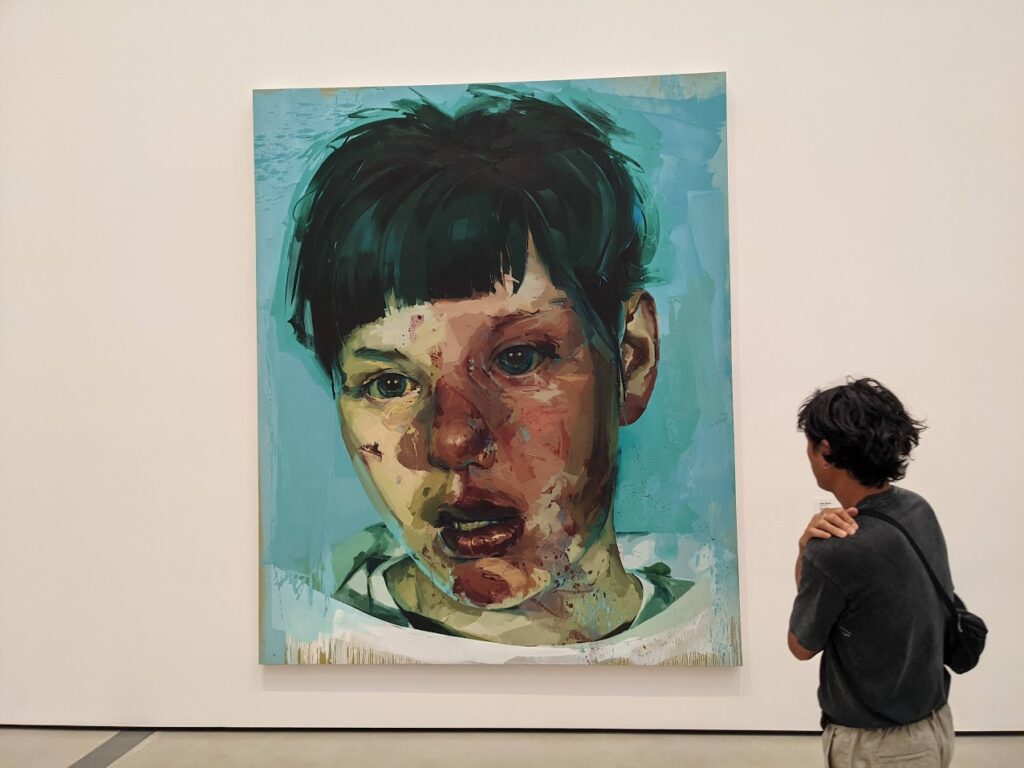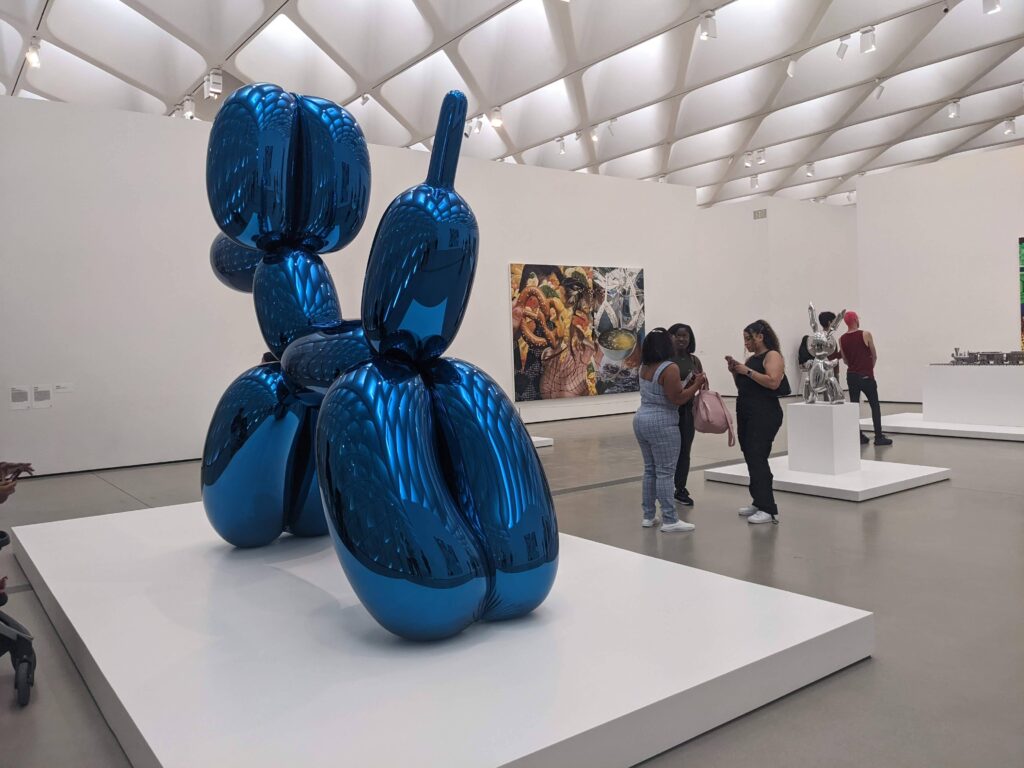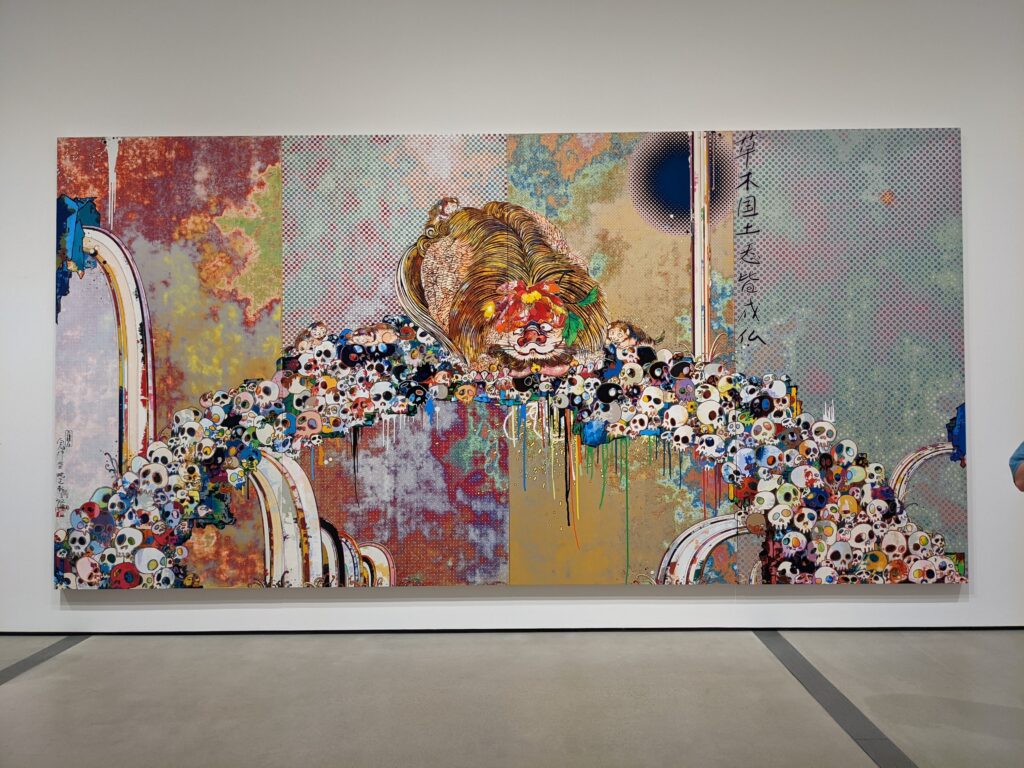
What Is Contemporary Art?
Encompassing everything from paintings and photography to sculpture and installation, Contemporary Art is an umbrella term for the art of today and recent times rather than a specific style or genre.
In short, Contemporary Art refers to art about today, created today.
One characteristic that is synonymous or perhaps symptomatic of Contemporary Art is avant-garde or new approach, whether it is now in the 21st century or the formative 20th century. As a continuation of the pivotal Modern Art movements that shaped the 20th century, from the concept of Cubism to the style of Surrealism, Contemporary Art also takes its influence from postmodern ideas in seeking to challenge the discourse of traditional art.

History of Contemporary Art
The timeline of Contemporary Art still isn’t entirely clear in the art history canon.
While some believe that Contemporary Art was established on the cusp of the 1950s, others argue that the distinction truly came into being in the late 70s with its integration into the art market. Depending on the point at which Modern Art ended and Contemporary Art began, movements such as Pop Art, Postmodernism, and Abstract Expressionism can technically be categorized as both, perhaps bridging the gap between the two.
Although they may sound like they refer to the same period, Modern and Contemporary Art are two separate movements. Contemporary Art presents a progression of technological advancements that embraced mediums such as video art and installation, as well as developing practices across painting, sculpture, and photography.
What Is the Difference Between Modern and Contemporary Art?
Modern Art vs. Contemporary Art has been a long heated debate in the art world. Modern Art can largely be defined by the period in which it began, this being the late 19th century and early 20th century. On the other hand, Contemporary Art references work (generally speaking) after the 1950s by artists that are still living.
Modern and Contemporary Art have both been thought of as revolutionary with regard to their styles and medium.
However, the more general thrust of Modern Art is more centered on anxieties that were occurring during the time of modernity, and we see that Contemporary Art reflects more of the current, post-modern time periods, as well as community-centered anxieties.
Aside from these more philosophical differences, much of Modern Art was created on canvas. Contemporary Art exists across a spectrum of different mediums.

Contemporary Artists Through Time
One of the most seminal moments of the Contemporary Art scene in the UK has to be the coming together of the Young British Artists in the 1980s. Composed of some of the most famous figures in Contemporary Art, from Tracey Emin and Damien Hirst to Gary Hume and Gavin Turk, the YBAs propelled to the forefront of mainstream media due to their bold use of material and their unapologetic and at times scandalous attitude.
Since taking the art world by storm, these artists have become household names. Artists continue in their tradition, seeking to question the establishment, pick apart contemporary culture and create a new means of storytelling. Today, the likes of Takashi Murakami, Jeff Koons, David Hockney and Banksy continue to push Contemporary Art forward whilst creating art that reflects the world we live in back onto the viewer.
What Are the Characteristics of Contemporary Art?
What sets Contemporary Art apart from the other segments of the art market is matter of the time period, the content and context of the artwork, and the innovation of new techniques.
Time
Contemporary Art’s most defining characteristic is the fact that the art was created in the contemporary era, demonstrating the artist’s ability to craft a modern masterpiece that’s relevant to current times. The sense of recency contributes to the other characteristics, whether it be the modern times providing new innovations in creative expression or the changing context and content of the artwork.
Content and Context
Because Contemporary Art refers specifically to the art of today and is produced during our lifetimes, the artworks are then defined by the period they were created in. This is regardless of the style, medium, or other artistic segments they belong to.
With these artworks being defined by the period they were created, the artwork’s content and subject matter provide a reflection of the society of that time. Artists will incorporate visual imagery or dialogue reflecting the identity, community, nationality, politics, and more relevant to the era in which they’re working.
Art also relates to the practices and aesthetics conveying these ideas or concepts. Conceptual art was born out of this. Contemporary Art is meant to transcend boundaries between art and what traditionally is not considered art, and an example of this could be something like performance art. These methods and aesthetic choices set contemporary apart from the art that is found within the art historical canon.
Innovations and New Techniques
Contemporary Artists are known for introducing the world to new art forms; while different mediums are melded together and diverse ideas expanded on or combined, new types of art are simultaneously created. Examples of these particular innovations include the popularized incorporation of digital art in its different facets like NFTs and AI-generated artwork.
Contemporary Art is also not only about new entire conceptual ideas of artwork but also adapting the former techniques and creating new ones that artists apply to their artworks. When looking for examples of Contemporary Art, one of the best things to consider is what has been taken from the older art forms and revitalized through a contemporary technique.

Contemporary Art And The Art Market
The art market already has its own complexities from the centuries it has been in practice. However, the introduction of Contemporary Art to the market has presented a number of new innovations and adaptations to the traditional market.
Previously the art market, especially auctions, was only preoccupied with work from the historical art canon — namely artworks that art institutions and art museums have highlighted as “high art.” New and emerging artists were considered to be immature in their style and unable to do well in sales from a traditional collector.
Enter the Scull Sale of 1973. The auction of Robert Scull redefined the art market from a private affair for the extremely wealthy to a sort of public financial theater. The success of this sale, which consisted of only living artists of the time, became a driving force in the shift of the market from works of old masters to Contemporary artists. Today, the artists represented in the Scull sale are the marquee names whose works of art are fetching multi-million dollar sales at auction.
A sale of Contemporary artworks from living artists was never expected to perform at the caliber that the Scull Sale set. Now in the present day, a relationship with a prominent collector or art gallery can define the narratives of a lot of Contemporary artists.
Read How Has Contemporary Art Changed the Art Market
Examples of Contemporary Art
While the definition of Contemporary art is not intrinsically tied to a specific style or genre, there is a variety of different types of art that falls under the Contemporary Art umbrella. Below are just a few examples.
- Minimalism: In visual arts, this is an art movement that began in New York during the Post War era, referring to subjects being reduced to their necessary and minimal elements. This kind of art is often described as a reaction against the abstract expressionist movement.
- Installation art: These artworks are sometimes described as environments and occupy a whole room or gallery space. They are meant to be an immersive experience for the viewer and transform the perception of space. These types of artworks have also expanded to being not just artwork but also an instagramable experience for the viewer.
- Digital art: Digital art is Contemporary Art that uses the methods of mass production via digital media. It has had an enormous impact not only on painting and drawing but also sculpture, music, and video.
Final Thoughts
Contemporary Art is a continuous practice of revolutionizing and redefining the fundamentals of art. It has been praised and appreciated for how creativity has pushed the boundaries and standards set by artists prior. This can also be said for how Contemporary Art shapes the practices and methodologies of the art market, and how it will continue to do so will be a fascinating thing to witness.